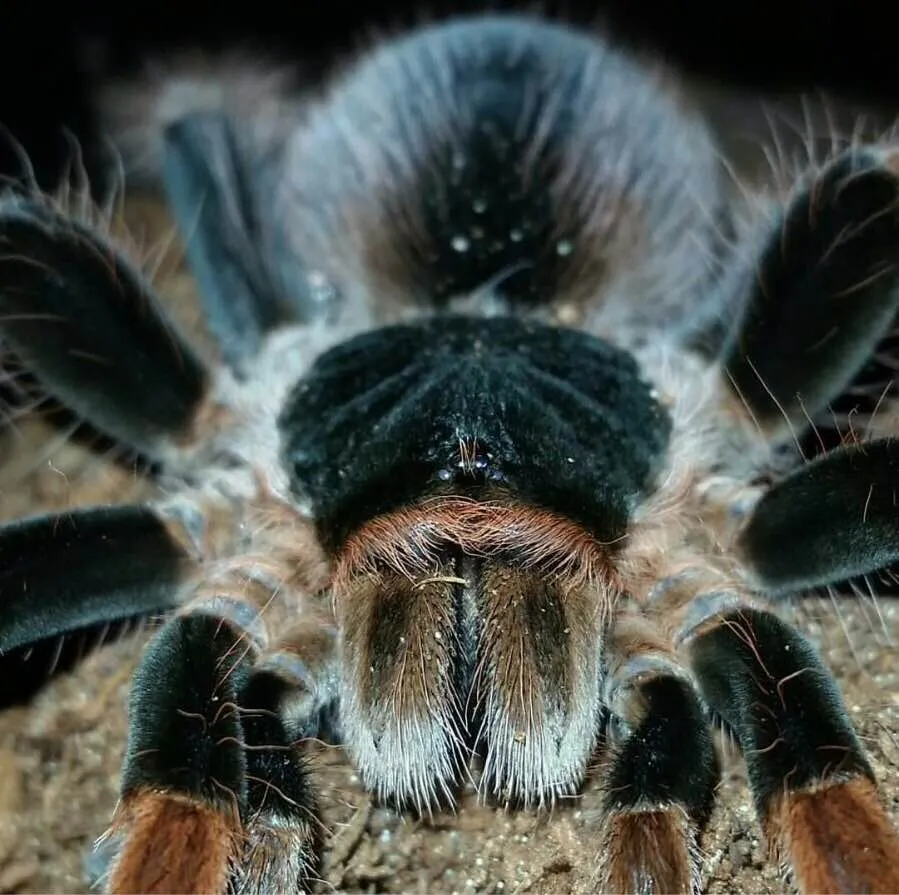Robustum Tarantula Overview
The Robustum Tarantula (also known as the Brazilian Giant White Knee) is a fascinating and captivating species, popular among tarantula enthusiasts. Known for its impressive size and striking appearance, this tarantula hails from the tropical regions of South America. These arachnids are not only visually appealing but also exhibit interesting behaviors, making them a rewarding pet for those experienced with tarantula care. This guide will delve into the key aspects of keeping a Robustum Tarantula, providing essential information on their physical characteristics, habitat, behavior, and care requirements, ensuring a thriving environment for your pet.
Physical Characteristics
Understanding the physical traits of a Robustum Tarantula is crucial for identifying a healthy specimen and appreciating its unique attributes. These tarantulas are known for their robust build and distinctive markings. The spiders display notable sexual dimorphism, with males and females differing in size and appearance as they mature. Learning to differentiate between these traits can help in understanding the tarantula’s lifecycle and needs, contributing to better care practices. Recognizing these characteristics will also assist in distinguishing the Robustum Tarantula from other similar species.
Size and Appearance
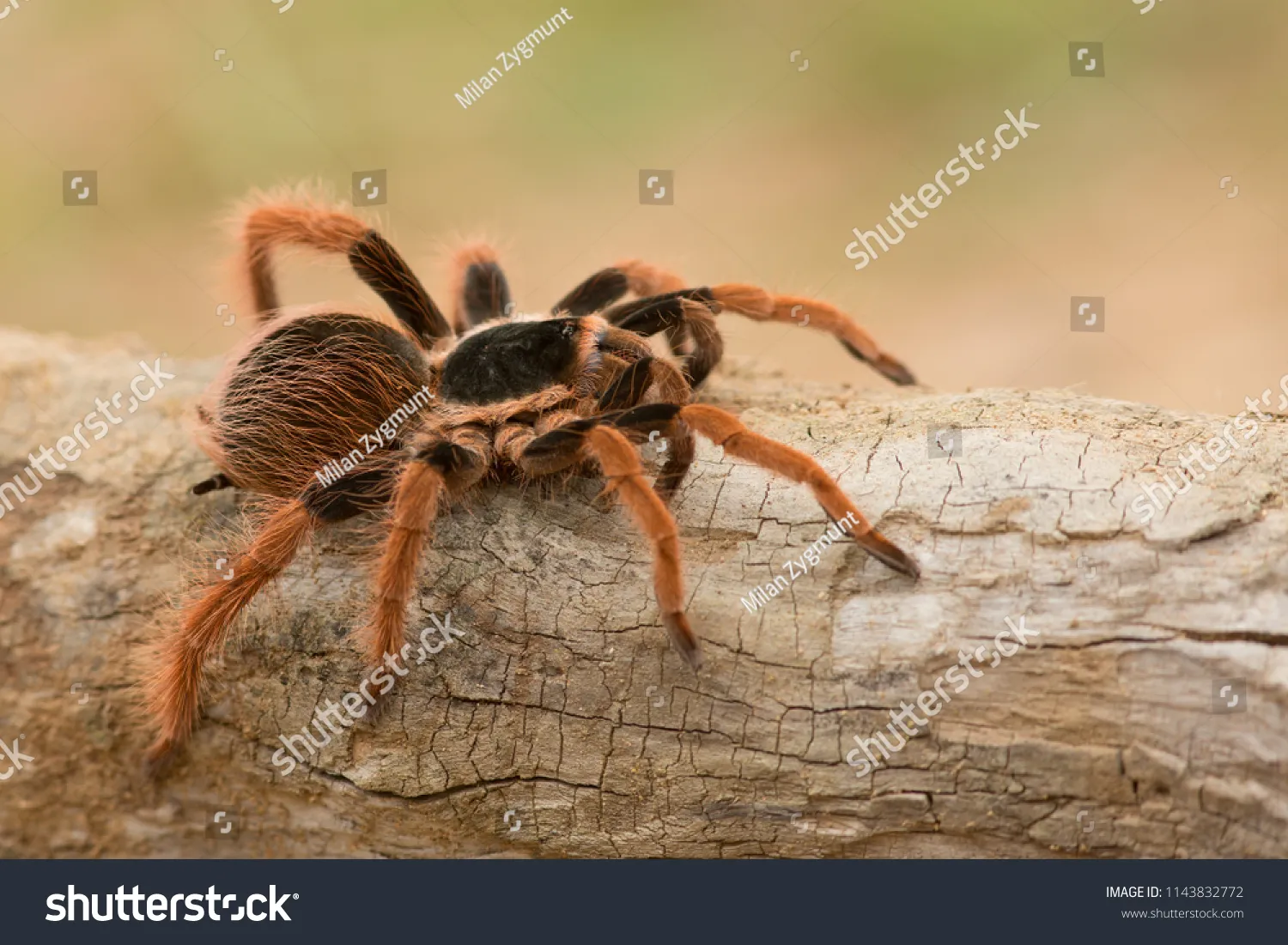
Robustum Tarantulas are among the larger tarantula species, with mature females typically reaching a leg span of up to 8 inches or more. Males are generally smaller and often have longer legs. Their bodies are covered in dense hairs, which serve both sensory and defensive functions. The overall appearance is imposing, making them a visually striking addition to any collection. A healthy tarantula will have a well-proportioned body, indicating good feeding habits and overall well-being, ensuring proper care is critical for them.
Coloration and Markings
The Robustum Tarantula is famous for its striking coloration. The primary color is a deep black or dark brown, complemented by distinctive white or cream-colored bands on their legs, especially near the knee joints, hence the common name “Brazilian Giant White Knee”. These markings provide excellent camouflage in their natural environment. The abdomen is often covered in reddish or orange hairs. The intensity of the colors can vary depending on the individual tarantula, its age, and its overall health, highlighting the importance of proper care and nutrition.
Habitat and Distribution
Knowing the natural habitat of the Robustum Tarantula is key to replicating the right conditions in captivity. They thrive in specific environmental settings, and understanding these helps in providing optimal care. Robustum Tarantulas are native to specific regions of South America, primarily in the tropical rainforests. Creating an environment that closely mimics their natural habitat will enhance their well-being. Furthermore, knowledge of their geographic distribution helps in understanding the species’ adaptability and specific needs.
Natural Habitat
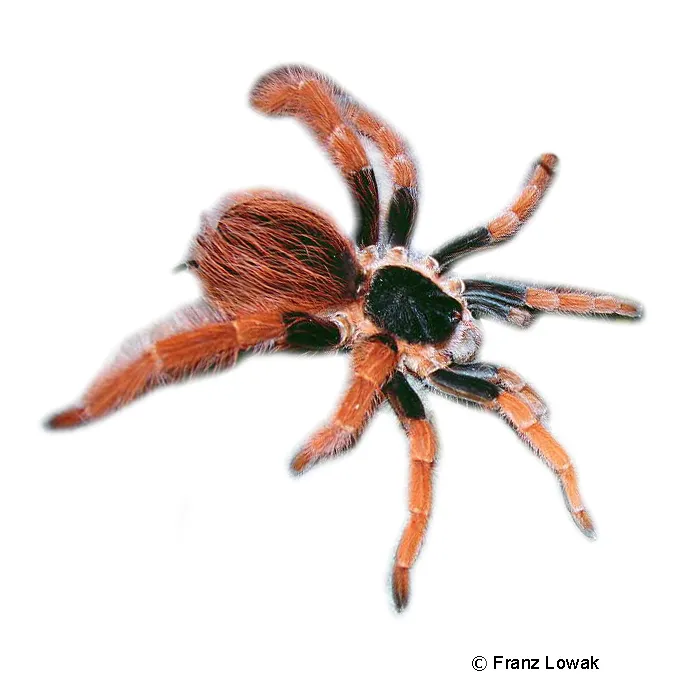
In the wild, Robustum Tarantulas are terrestrial, meaning they live primarily on the ground. They typically inhabit tropical rainforests and humid environments, often found under logs, rocks, or in burrows. These spiders are nocturnal hunters, spending their days in hiding and emerging at night to hunt for prey. The substrate is usually composed of leaf litter, soil, and other organic materials, creating a moist and sheltered environment. Understanding these natural behaviors helps in setting up a suitable enclosure.
Geographic Range
Robustum Tarantulas are primarily found in the rainforests of Brazil and neighboring South American countries. Their distribution is limited by the specific environmental conditions they need to survive. This area is characterized by high humidity, stable temperatures, and dense vegetation, providing the ideal conditions for these spiders to thrive. Variations in the environment can influence their behavior and appearance, highlighting the importance of understanding their native habitat for successful captive care.
Robustum Tarantula Behavior
Observing the behavior of a Robustum Tarantula offers insights into its needs and overall health. These tarantulas display a range of behaviors that are crucial for providing appropriate care. They are generally known for being docile but can exhibit defensive reactions when threatened. Understanding their temperament and how they react in different situations is vital for safe handling and creating a comfortable environment. Moreover, awareness of their defensive mechanisms will help in handling them safely.
Temperament and Handling
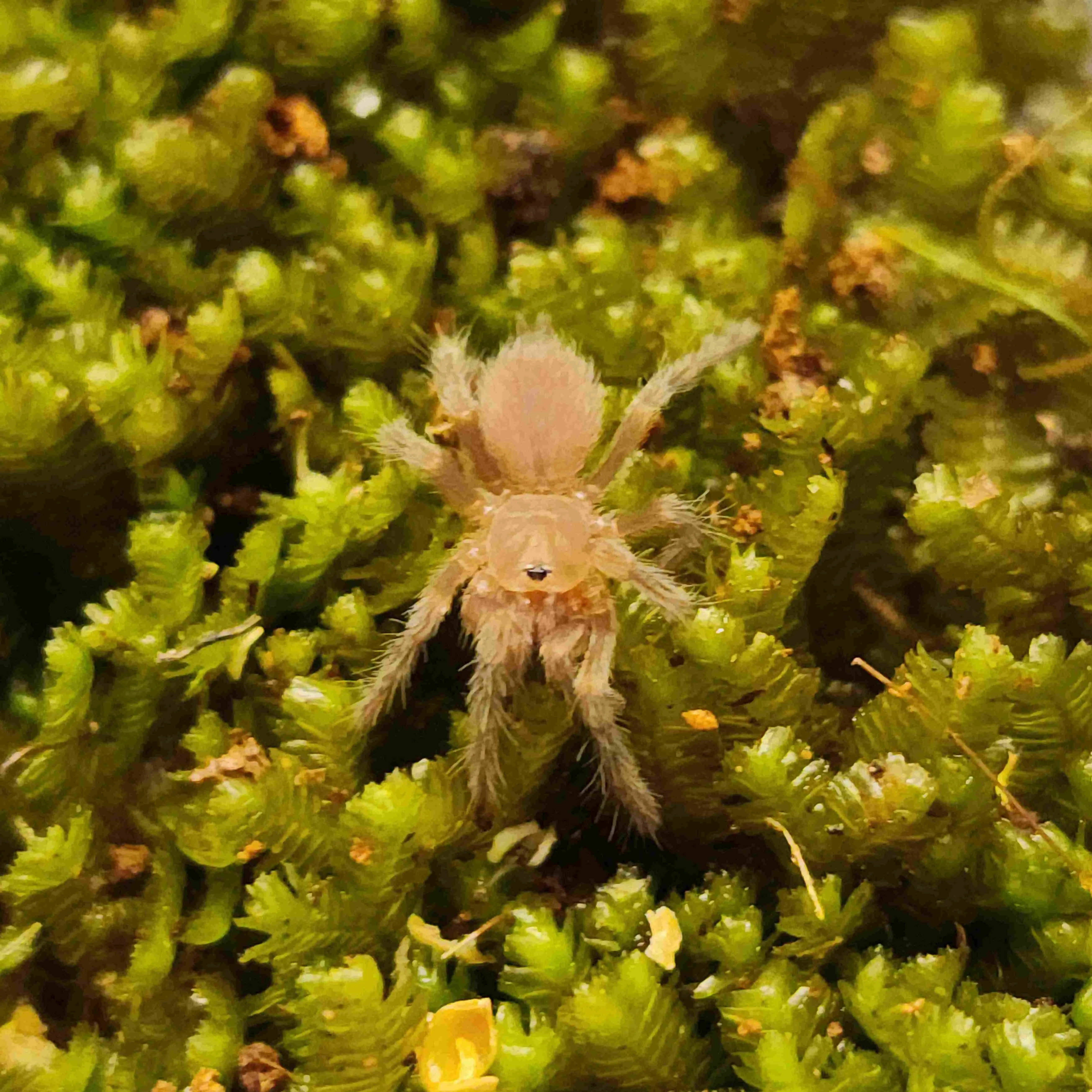
Robustum Tarantulas are often considered to be relatively docile, but like all tarantulas, they can be unpredictable. Handling should be kept to a minimum, and only undertaken by experienced keepers. If handling is necessary, it should be done gently and carefully, avoiding sudden movements. Regular interaction is not required; in fact, frequent handling can cause stress. If you are a beginner, handling is highly discouraged. Always be aware of the potential for a defensive reaction and respect the tarantula’s space.
Defensive Mechanisms
Robustum Tarantulas, when feeling threatened, may exhibit various defensive behaviors. Their primary defense mechanism is to flick urticating hairs from their abdomen, which can cause skin irritation and discomfort if they come into contact with human skin. They may also display a threat posture, raising their front legs and fangs in preparation for a strike. Bites are rare, but the venom can cause pain. Always be cautious and avoid provoking the tarantula, giving it the respect it deserves for its safety and well-being.
Feeding and Diet
Proper feeding is essential for the health and growth of your Robustum Tarantula. These spiders have specific dietary needs, and providing the right food at the right frequency is crucial. Their diet consists of insects, and understanding their prey preferences will help you maintain a healthy and happy tarantula. The amount you feed them will depend on the size and growth stage of your tarantula.
Prey Preferences
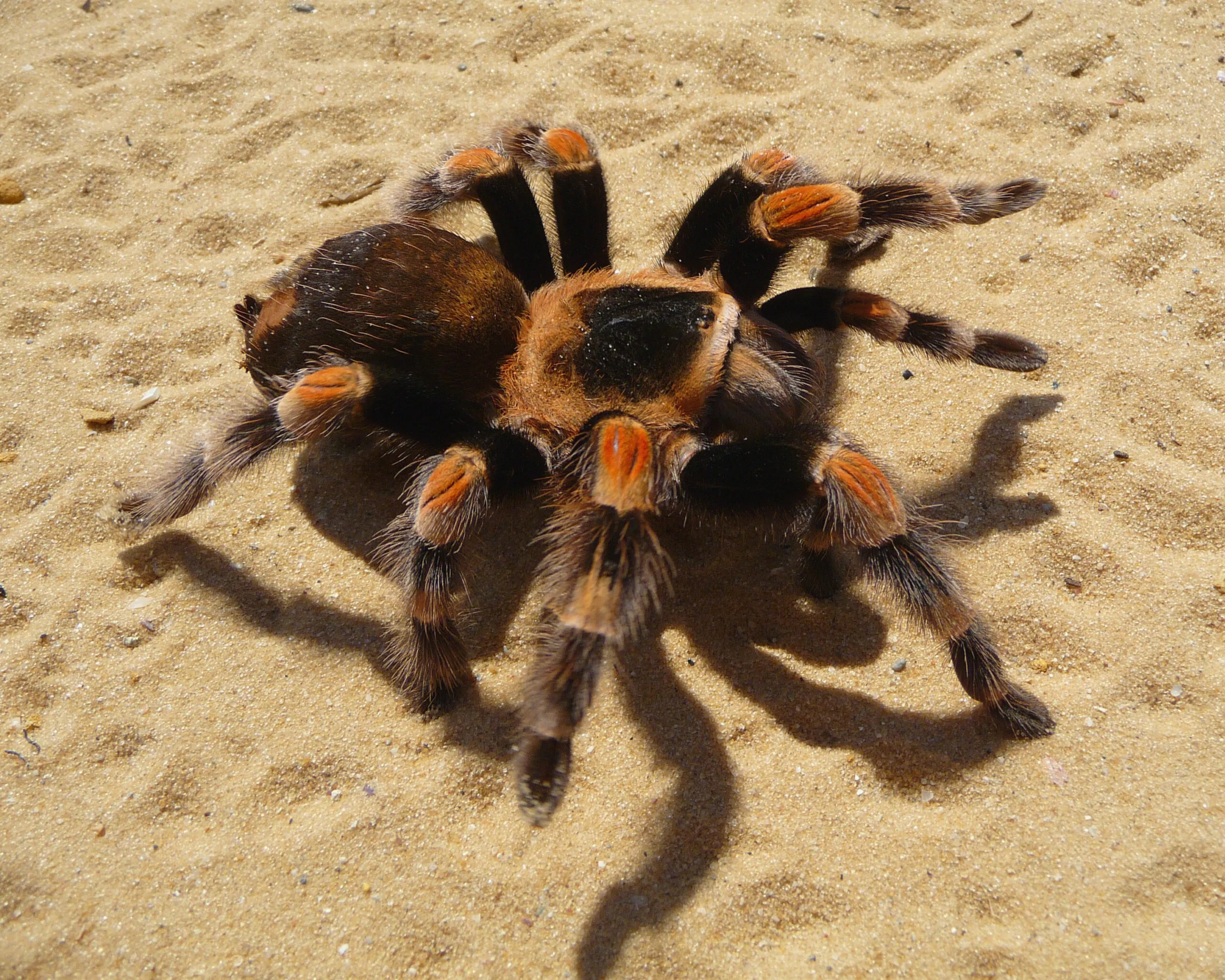
Robustum Tarantulas are primarily insectivores, feeding on a variety of insects in the wild. In captivity, they readily accept common feeder insects such as crickets, mealworms, and cockroaches. It is important to vary the diet to ensure they receive a range of nutrients. Gut-loading the insects before feeding them to your tarantula is a good practice, which ensures they get additional vitamins and minerals. The size of the prey should be appropriate for the size of the tarantula.
Feeding Frequency
The feeding frequency depends on the tarantula’s age and size. Young tarantulas should be fed more frequently, typically 2-3 times per week. Adult Robustum Tarantulas can be fed once a week or even less frequently, depending on their feeding response and body condition. Always remove any uneaten food within 24 hours to maintain a clean environment. Monitor the tarantula’s abdomen for signs of overfeeding, adjusting the feeding schedule as needed. A well-fed tarantula will have a plump abdomen.
Robustum Tarantula Care
Providing the right environment is critical for the well-being of your Robustum Tarantula. This includes creating a suitable enclosure, maintaining the right temperature and humidity levels, and providing appropriate substrate and decor. Setting up the right environment will closely replicate their natural habitat. Understanding their needs will help them thrive in captivity. Regularly maintaining the enclosure and monitoring the environment are essential for their health.
Enclosure Requirements
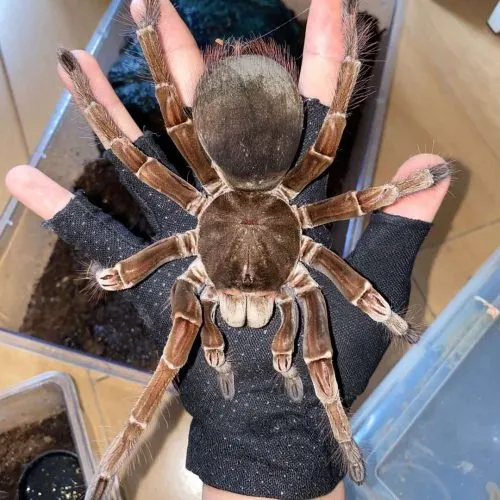
A suitable enclosure is fundamental for housing a Robustum Tarantula. The enclosure should be appropriately sized to accommodate the tarantula’s eventual size, offering sufficient space for movement and burrowing. A secure enclosure is crucial to prevent escapes. The enclosure should be made of glass or acrylic, with a secure lid that prevents escape. Ventilation is necessary to maintain air quality but should be designed to prevent the escape of the tarantula. Choose an enclosure size based on the size of your tarantula.
Substrate and Decor
The substrate should mimic the natural habitat of the tarantula. A mix of coco coir, peat moss, and a little vermiculite is suitable for maintaining humidity. The depth of the substrate should be adequate for burrowing, typically several inches deep. Providing hiding places, such as cork bark or artificial plants, is essential for the tarantula’s well-being, as it provides security and reduces stress. The decor should be non-toxic and safe. Clean the enclosure regularly to maintain a healthy environment.
Temperature and Humidity
Maintaining the correct temperature and humidity levels is essential for the health of your Robustum Tarantula. The ideal temperature range is between 75-85°F (24-29°C). You can use a heat mat or a ceramic heat emitter to maintain this temperature. Humidity should be kept at around 70-80%, which can be achieved by misting the enclosure regularly and providing a water dish. Use a hygrometer to monitor the humidity levels. Ensure there’s proper ventilation to prevent mold or other health issues.
Lifespan and Health
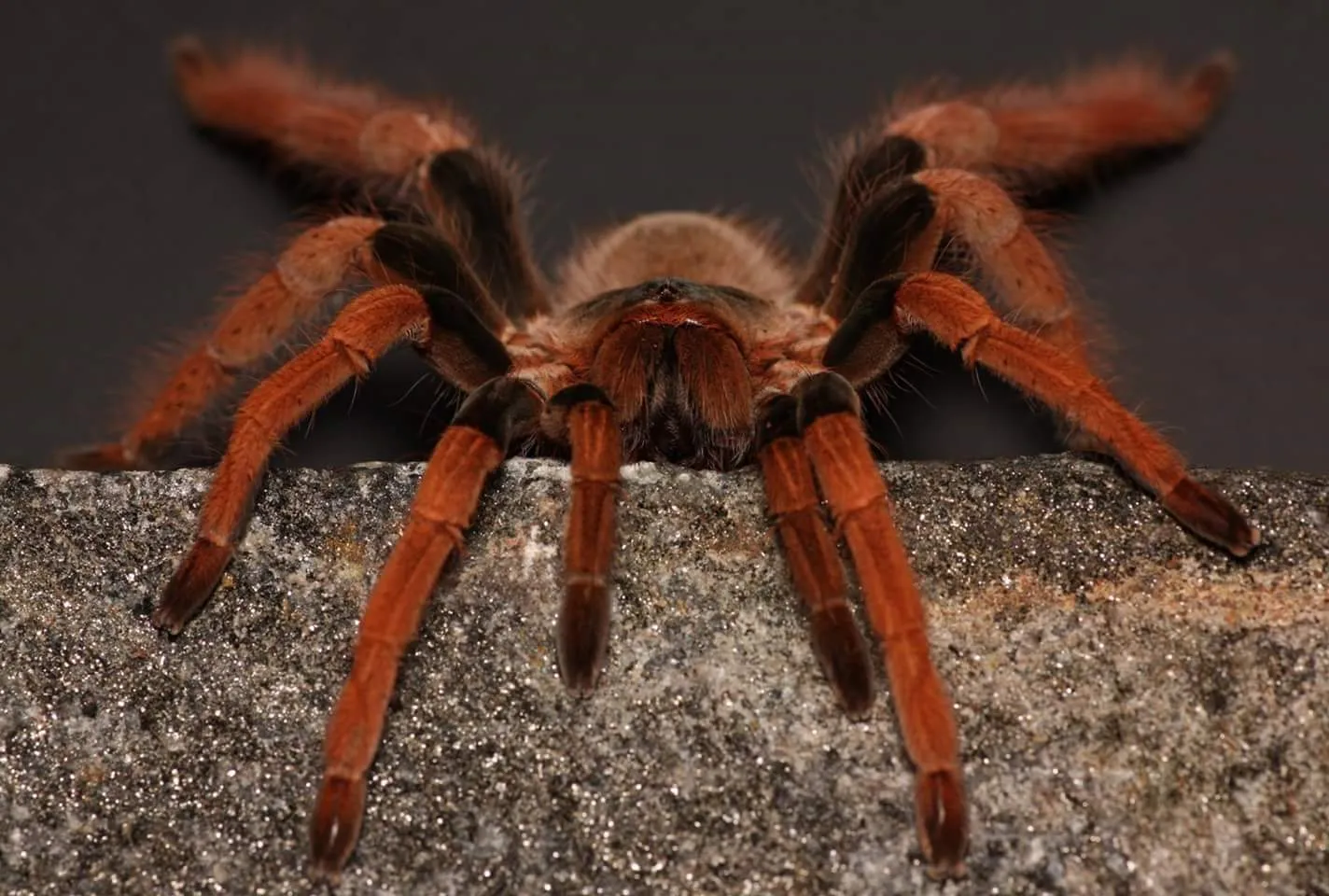
Understanding the lifespan and common health issues of Robustum Tarantulas is essential for providing proper care. These factors play a significant role in the overall well-being of your pet. Regular observation, preventative care, and immediate attention to health concerns are key to ensuring that your tarantula lives a long and healthy life. Proper care will extend their lifespan, allowing you to enjoy the beauty and fascination of these creatures for many years.
Common Health Issues
While Robustum Tarantulas are generally hardy, they can be susceptible to certain health issues. Some common issues include mites, fungal infections, and injuries from falls. Mites can be detected by small, moving dots on the tarantula or in the enclosure. Fungal infections can arise from excessive humidity or poor ventilation. Preventative measures include maintaining a clean environment, quarantining new specimens, and monitoring humidity levels. It’s important to identify and address any health issues promptly.
Molting Process
Molting is a natural process where the tarantula sheds its exoskeleton to grow. During molting, the tarantula is very vulnerable. Signs of an impending molt include loss of appetite, a dulling of colors, and the tarantula staying in one place. Do not disturb the tarantula during this period. Provide a moist environment, but avoid misting directly onto the tarantula. After molting, the tarantula will be soft and vulnerable; do not feed it for a few days to allow its new exoskeleton to harden fully. Proper molting is a sign of good health.
Conclusion
The Robustum Tarantula is a captivating species that can be a rewarding pet for the experienced keeper. By understanding their physical characteristics, habitat, behavior, and care requirements, you can provide an enriching environment that allows your tarantula to thrive. Remember to prioritize their well-being by providing a suitable enclosure, maintaining the right temperature and humidity, and offering appropriate feeding. With proper care, you can enjoy the beauty and fascinating behaviors of your Robustum Tarantula for many years to come.
